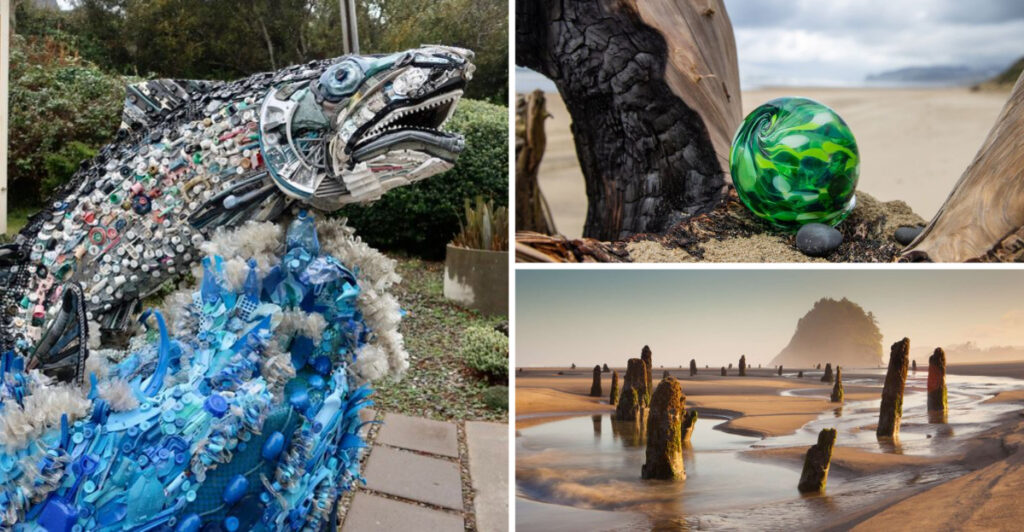Oregon’s rugged coastline stretches for 362 miles, dotted with charming towns that most visitors rush past on their way to famous destinations. Beyond the crowded beaches and tourist traps lie hidden gems where locals guard their favorite spots like precious treasures. Each small coastal community holds secrets that reveal the true spirit of Oregon’s maritime culture and natural beauty.
1. Bandon’s Secret Sculpture Garden
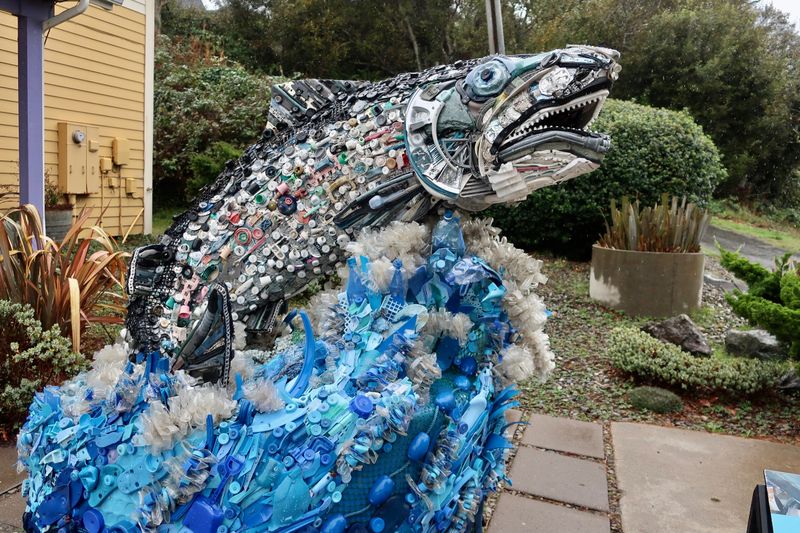
Tucked behind a weathered fence on Beach Loop Road sits an enchanting sculpture garden that most tourists drive right past. Local artist creates whimsical metal creatures from driftwood and salvaged materials.
The garden opens only during summer weekends, and visitors must ring a small bell for entry. Each sculpture tells a story of ocean storms and shipwrecks.
Admission costs just five dollars, with proceeds supporting local wildlife rehabilitation efforts.
2. Cannon Beach’s Underground Tunnels
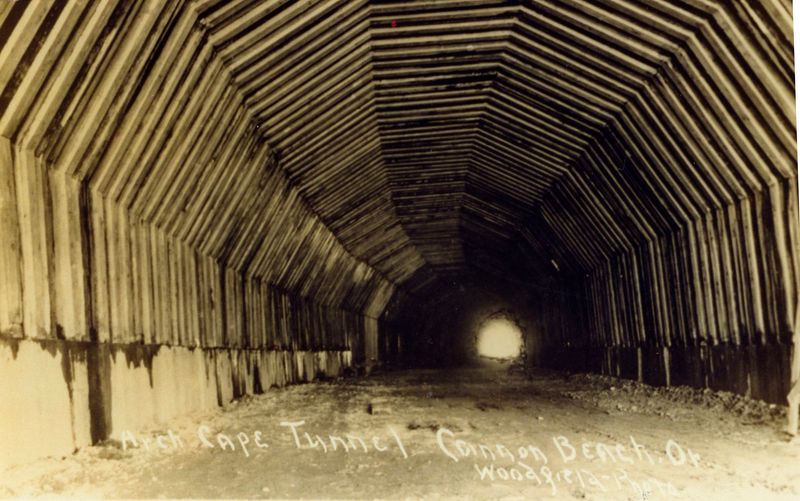
Beneath Cannon Beach’s bustling downtown lies a network of prohibition-era tunnels that once connected hotels to secret speakeasies. Built in the 1920s, these passages allowed bootleggers to move liquor undetected.
Local historian Bill Jenkins offers monthly tours by appointment only. The tunnels stretch from the old Cannon Beach Hotel to three different basement locations.
Tour groups are limited to eight people, and reservations fill up months in advance during summer season.
3. Depoe Bay’s Whale Watching Bunker
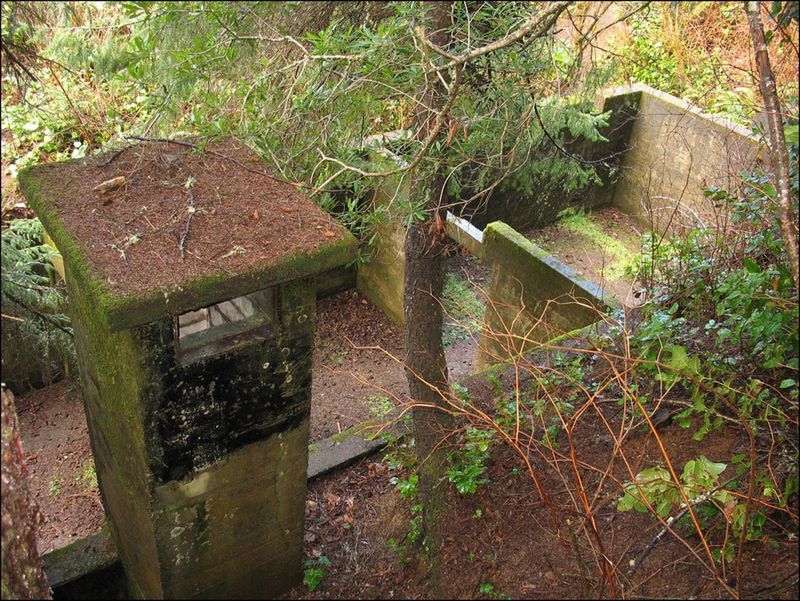
A forgotten World War II observation bunker perched on rocky cliffs offers the best whale watching spot along the entire Oregon coast. Military personnel once scanned horizons for enemy submarines from this concrete shelter.
The bunker requires a short hike through dense shore pine forest. Inside, original periscope mounts provide perfect frames for spotting gray whales during migration seasons.
Bring binoculars and check tide tables, as high swells can make the approach dangerous.
4. Florence’s Hidden Hot Springs
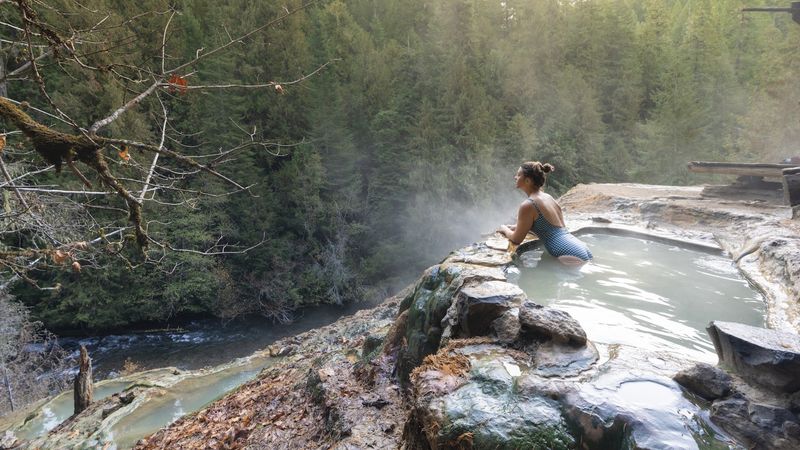
Natural hot springs bubble up through sandy beaches just south of Florence, but only during extremely low tides. Native American tribes considered these geothermal pools sacred healing waters for centuries.
The springs appear roughly six times per year when winter storms expose the underground source. Water temperatures reach 104 degrees Fahrenheit, creating perfect natural spas.
Local surf shops discreetly post tide schedules, and the springs typically remain accessible for only three hours at a time.
5. Gold Beach’s Fossil Hunting Paradise
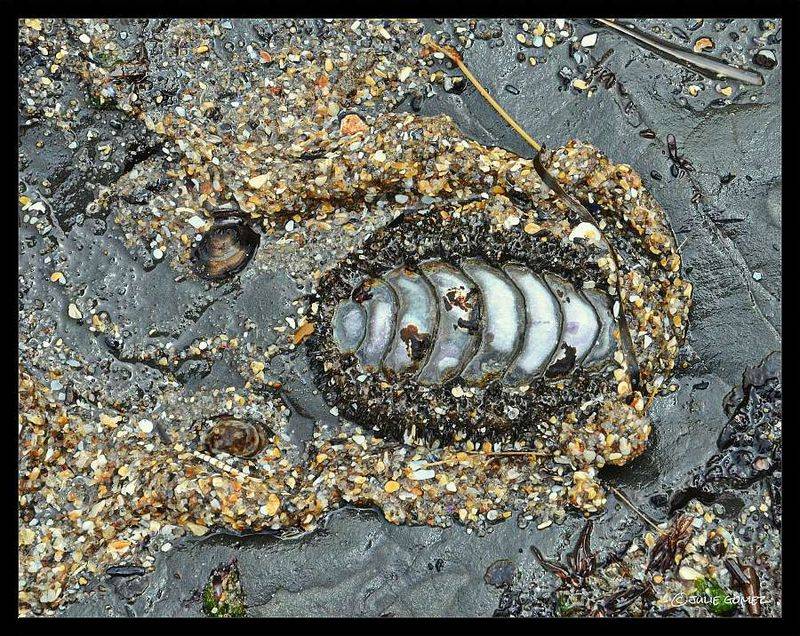
Professional paleontologists have quietly collected rare marine fossils from Gold Beach’s northern tide pools for decades. Ancient sea creatures from the Miocene epoch lie embedded in easily accessible rock formations.
The best hunting happens two hours before low tide when protective seaweed recedes. Trilobites, ancient shark teeth, and petrified wood wash up regularly after winter storms.
Oregon law permits personal fossil collection, but commercial harvesting requires special permits from state geological departments.
6. Lincoln City’s Glass Ball Treasure Hunt
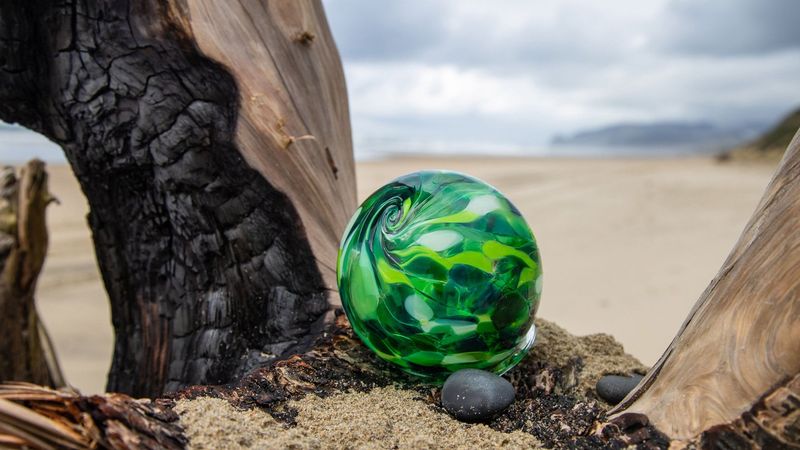
Every October through May, Lincoln City secretly plants over 3,000 handmade glass floats along seven miles of beach for visitors to discover. Japanese artisans create each unique sphere using traditional techniques passed down through generations.
Beachcombers find the colorful orbs tucked between driftwood logs and nestled in sand dunes. Each glass ball comes with a certificate explaining its artistic origins and cultural significance.
The program began in 1999 and has distributed over 50,000 glass treasures to delighted finders.
7. Manzanita’s Secret Surf Break
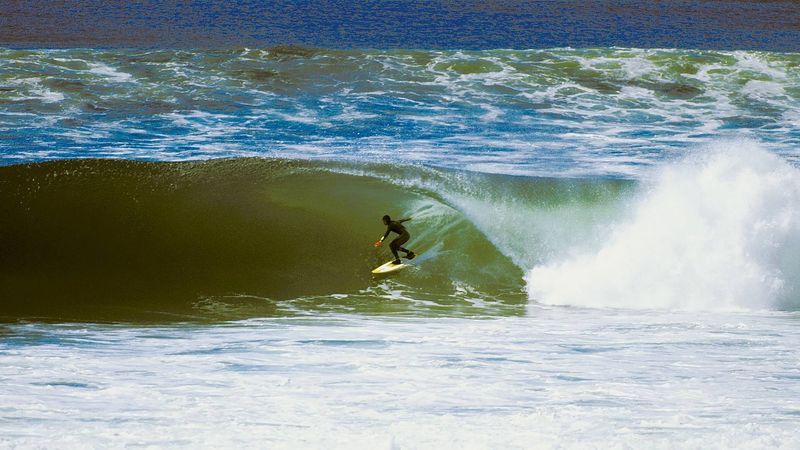
Professional surfers guard the location of Manzanita’s most consistent wave, accessible only during specific tide and wind conditions. The break forms over a submerged rock reef that creates perfect barrels for experienced riders.
Locals call it “The Ledge” and share directions only with respectful visitors who prove their surfing abilities. The spot works best during winter storms when swells reach eight to twelve feet.
Parking requires a quarter-mile walk through private property, with landowner permission granted through local surf shops.
8. Neskowin’s Ghost Forest Mystery
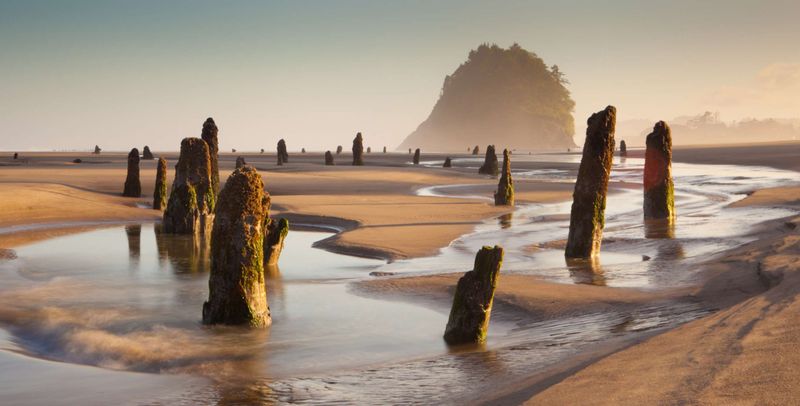
Ancient Sitka spruce stumps emerge from Neskowin’s beach during extreme low tides, revealing a 2,000-year-old forest buried by massive tsunamis. Scientists study these preserved trees to understand prehistoric seismic events.
The ghost forest appears only six times annually when tides drop below minus-two feet. Each stump stands exactly where it grew millennia ago, creating an eerie underwater graveyard.
Researchers from Oregon State University conduct guided tours during summer months, explaining geological evidence of ancient earthquakes and flooding.
9. Newport’s Underwater Shipwreck Dive
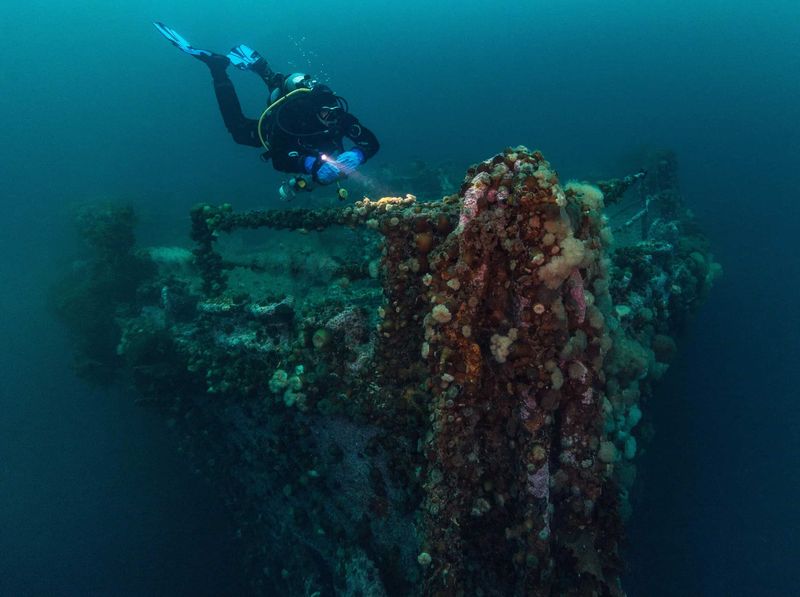
The steamship Bella lies in just 40 feet of water off Newport’s Yaquina Head, making it Oregon’s most accessible shipwreck dive. The vessel sank in 1906 during a fierce winter storm while carrying lumber to San Francisco.
Marine life has transformed the wreck into an artificial reef teeming with rockfish, lingcod, and giant Pacific octopus. Certified divers can explore the engine room and cargo holds year-round.
Local dive shops provide equipment rentals and guided tours, with underwater visibility best during calm summer conditions.
10. Oceanside’s Smugglers Cave Network
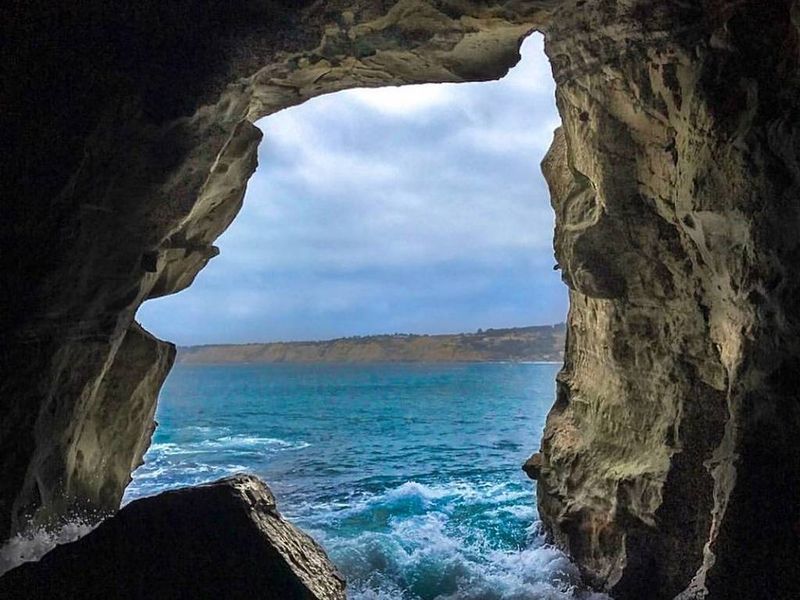
Prohibition-era bootleggers carved an intricate cave system into Oceanside’s sandstone cliffs for hiding Canadian whiskey shipments. The main cavern extends 200 feet into solid rock, with multiple chambers and escape routes.
Access requires timing with low tide and careful navigation around slippery rocks. Flashlights reveal carved initials and dates from the 1920s when rum runners used these hideouts.
The caves remain on private property, but the landowner allows exploration with advance permission and liability waivers.
11. Pacific City’s Dory Boat Launch Tradition
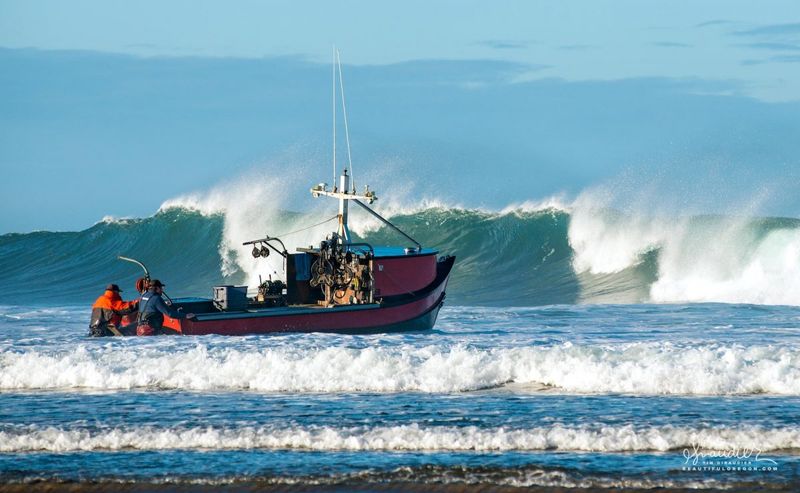
Pacific City maintains the only remaining dory boat fishing fleet on the Oregon coast, with boats launching directly through ocean surf since 1907. Fishermen power their flat-bottomed crafts straight into breaking waves using specialized techniques.
The launches happen at dawn when surf conditions allow safe passage. Spectators gather to watch boats disappear into walls of white water, then return hours later with salmon and halibut.
Local restaurants serve fish caught that morning, and visitors can arrange fishing trips with experienced dory captains.
12. Rockaway Beach’s Agate Hunting Grounds
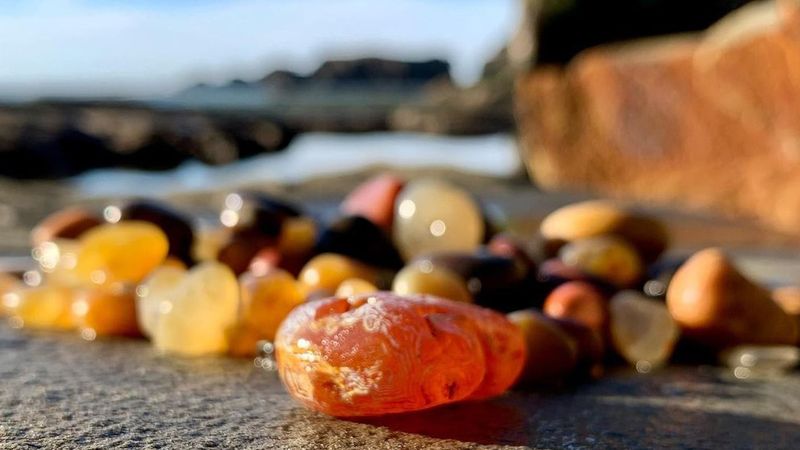
Gem-quality agates wash up on Rockaway Beach’s northern stretches, but only experienced hunters know exactly where to search. The best specimens appear after winter storms when waves churn up offshore gravel beds.
Hunters search during incoming tides when fresh deposits arrive hourly. High-quality agates display bands of orange, red, and translucent white that make valuable jewelry stones.
Local rock shops offer identification services and can recommend cutting services for exceptional finds worth professional polishing.
13. Seaside’s Underground Speakeasy
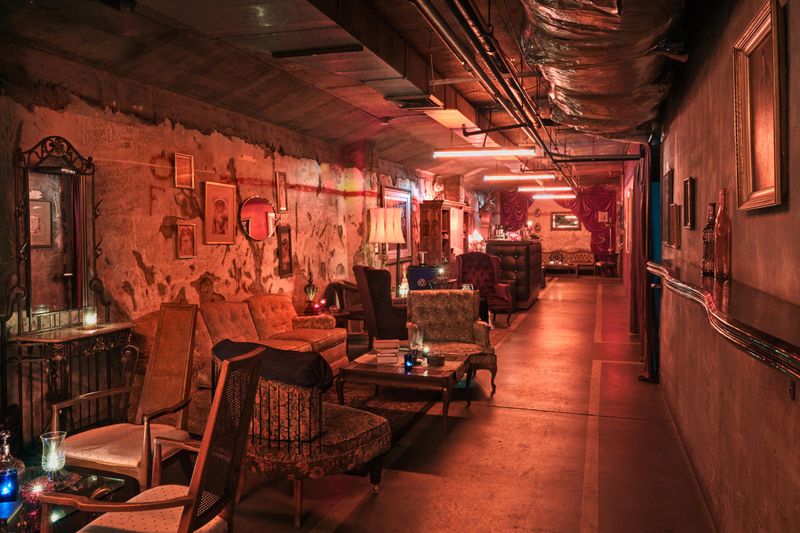
Beneath Seaside’s historic Gilbert District, a perfectly preserved 1920s speakeasy operates as a private club accessible only to members and their guests. Original mahogany bar, tin ceiling, and hidden entrance remain unchanged.
The club maintains a 200-person membership list with a five-year waiting period for new applications. Members include local business owners, artists, and longtime residents who preserve the venue’s authentic atmosphere.
Cocktails are mixed using prohibition-era recipes, and live jazz performances happen every Saturday night during winter months.
14. Tillamook’s Secret Cheese Cave Tours

Beyond the famous factory tours, Tillamook Creamery offers exclusive access to limestone caves where they age premium cheeses for restaurants and specialty stores. The caves maintain perfect temperature and humidity year-round.
Tours are limited to 12 people monthly and require advance reservations through the head cheesemaker. Visitors taste cheeses aged from six months to three years in the natural cave environment.
The experience includes wine pairings and education about traditional European aging techniques adapted for Oregon’s coastal climate.
15. Waldport’s Seal Pup Nursery
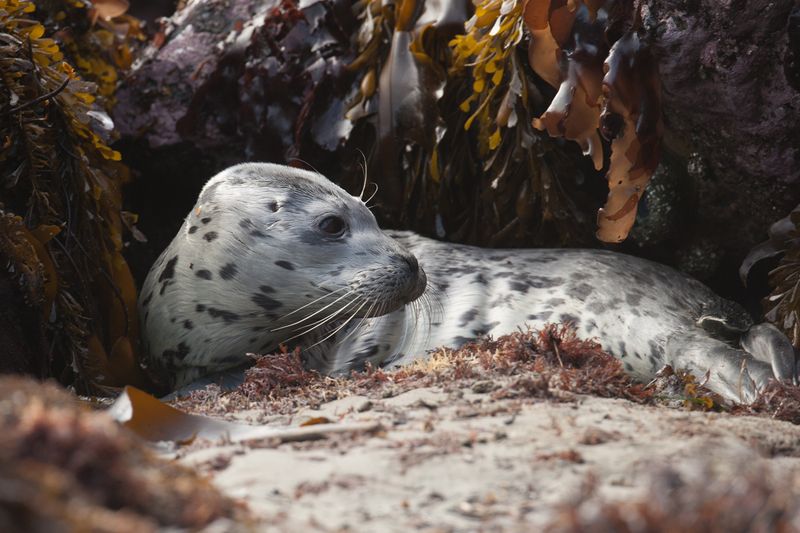
Harbor seals establish a protected nursery colony on Waldport’s southern beaches from March through August, but viewing requires knowledge of access restrictions and wildlife protection guidelines.
Volunteers monitor the colony daily and escort small groups of visitors to designated viewing areas 100 feet from the seals. Pups learn essential survival skills while mothers hunt in nearby waters.
The Oregon Marine Mammal Stranding Network coordinates tours and educates visitors about marine conservation efforts protecting these vulnerable populations.
16. Yachats’ Tide Pool Laboratory
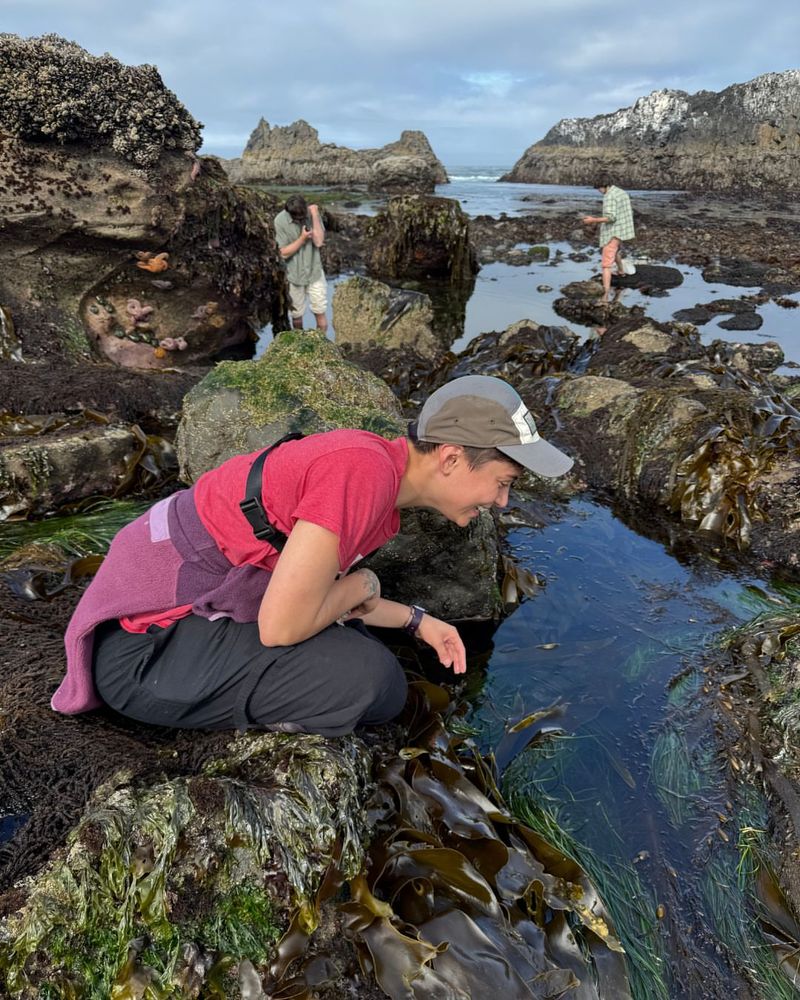
Marine biologists from Oregon State University maintain a research station in Yachats’ extensive tide pool system, studying climate change effects on intertidal ecosystems. The lab welcomes visitors during scheduled educational programs.
Researchers demonstrate how they monitor sea star populations, measure water acidity, and track invasive species. Interactive exhibits explain the complex relationships between different tide pool creatures.
Programs run twice weekly during summer months, with advance registration required through the university’s marine science department.
17. Astoria’s Hidden Underground City
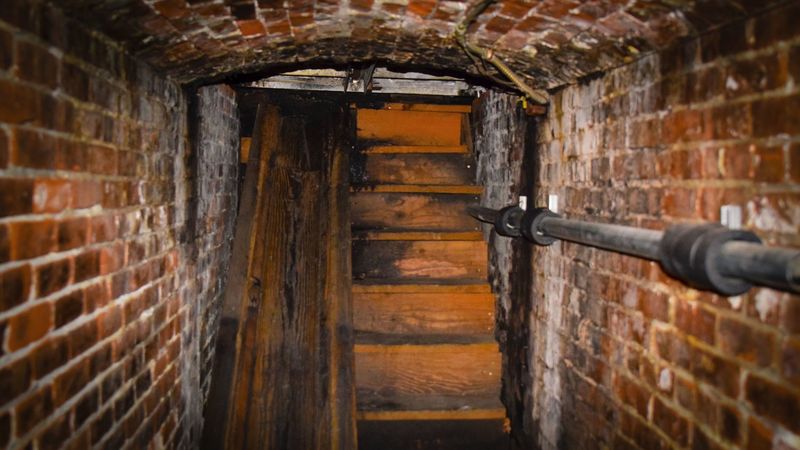
Beneath Astoria’s historic downtown lies an extensive network of tunnels and basements that once connected hotels, saloons, and boarding houses during the city’s logging boom. These passages facilitated both legitimate business and illicit activities.
The Astoria Underground Tours company offers guided explorations through restored sections of the tunnel system. Visitors learn about shanghaiing operations where unsuspecting men were drugged and forced onto ships.
Tours operate year-round with reservations required, and the underground temperature remains constant at 55 degrees regardless of weather.
18. Brookings’ Dinosaur Tracks Discovery
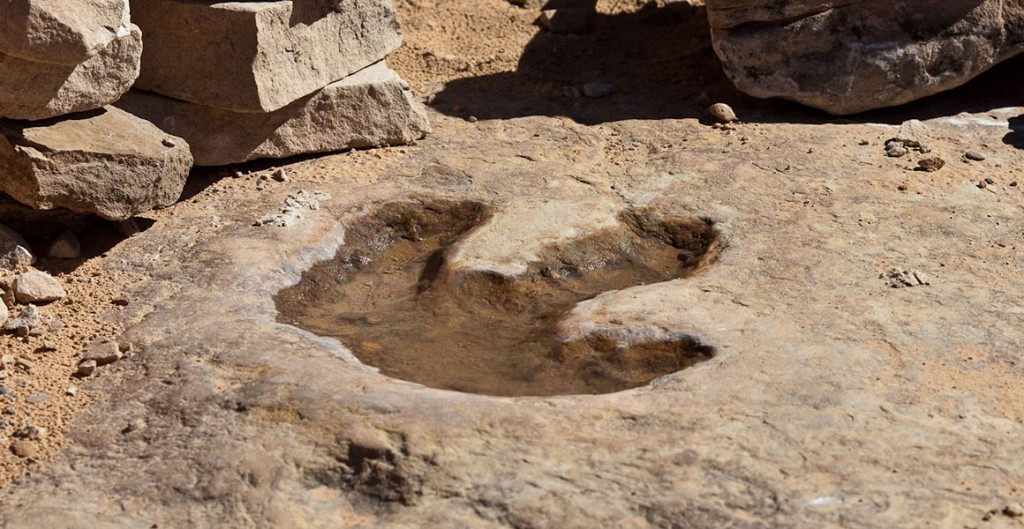
Paleontologists recently discovered dinosaur footprints in sandstone formations along Brookings’ coastline, marking the first confirmed dinosaur evidence found in Oregon. The tracks date back 150 million years to the Jurassic period.
Access requires guided tours with university researchers who explain the significance of finding terrestrial dinosaur evidence in marine sediment layers. The prints suggest migration patterns previously unknown to science.
Discovery tours happen monthly during low tide conditions, with group sizes limited to preserve the fragile fossil site.
19. Reedsport’s Sand Dune Fossil Beds
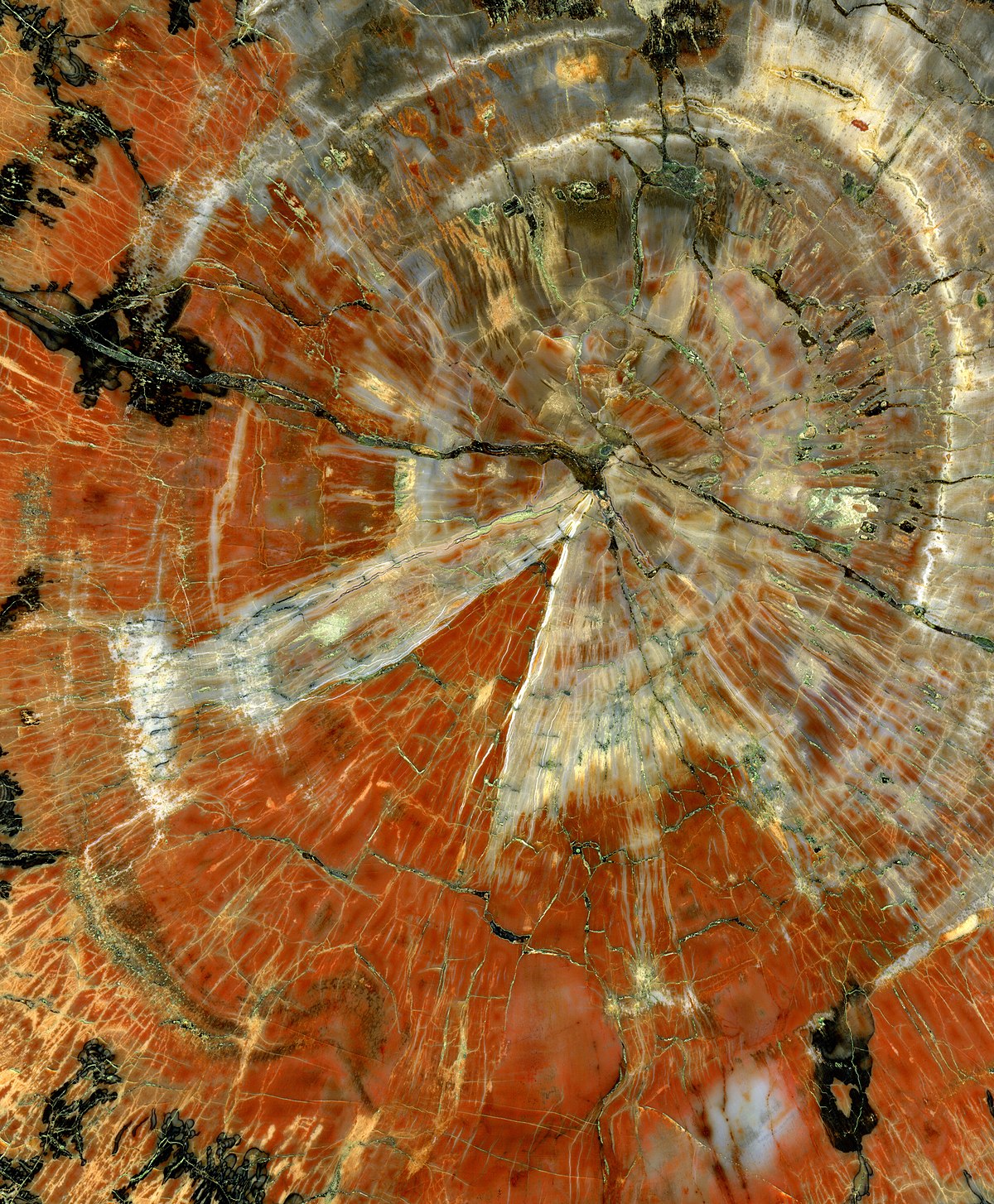
Ancient plant fossils from temperate rainforests lie exposed in Reedsport’s massive sand dunes, preserved for millions of years before recent wind erosion revealed them. The specimens include ferns, conifers, and flowering plants.
Fossil hunting is best after windstorms when fresh sand shifts expose new specimens. Collectors find leaf impressions, petrified wood, and occasionally complete plant structures in remarkable detail.
The Oregon Museum of Science and Industry collaborates with local collectors to catalog significant finds and add them to permanent research collections.

